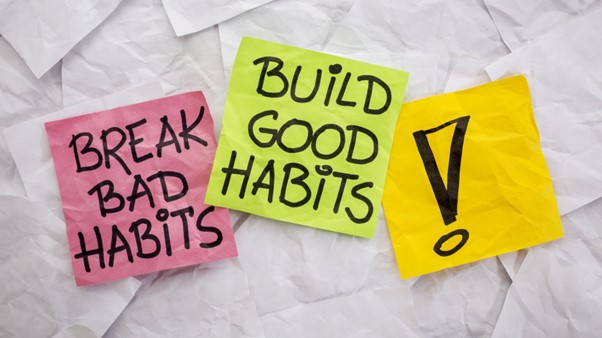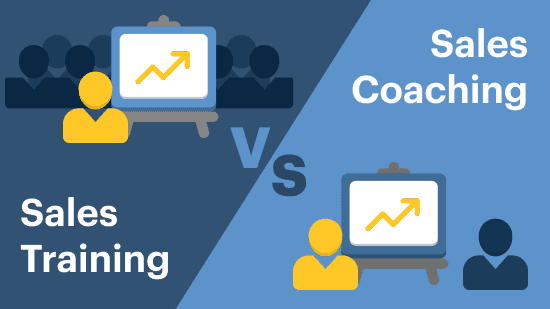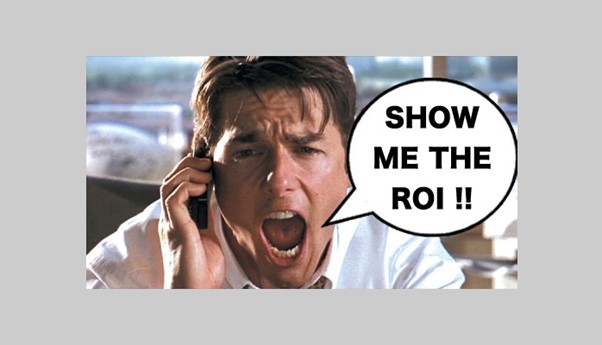The New Year – there’s something special about turning the calendar page, isn’t there? It’s like getting a clean slate. For those of us in Sales, this is the perfect time to reassess, refocus, and rebuild the habits that contribute to our success.
But let’s be honest, New Year’s resolutions get a bad rap. They’re exciting at first—full of energy and potential—but they often fizzle out by February. So, instead of resolutions, let’s talk about building sustainable habits that stick and how KONA’s Sales Training can help your Sales Team do just that.

Start Small and Stay Consistent
Big, sweeping changes might sound impressive, but they’re often overwhelming.
Instead, KONA’s Sales Training focuses on incremental changes that you can sustain over time. Want to improve your follow-up game? Commit to sending three follow-up emails every morning b
Before checking anything else. That’s it. Over time, those three emails become a reflex, not a chore.
Consistency beats intensity every time. Think of it this way: Would you rather go to the gym once for five hours or work out for 30 minutes every day? The same principle applies to sales habits. Small daily actions build momentum and yield big results.
The Power of Planning
If you don’t plan your day, it will plan itself—and not in your favour.
Start each morning with a clear game plan. Who are your top three prospects to contact? What’s the one deal you want to push closer to the finish line today?
Block time on your calendar for prospecting, follow-ups, and admin tasks. Treat those blocks like important appointments. When you own your schedule, you’re less likely to feel like you’re constantly playing catch-up.
Relationships, not Numbers
It’s easy to get caught up in the metrics—calls made, emails sent, deals closed. While numbers definitely matter, they’re only part of the story. The real magic happens in the relationships you build. At KONA, we believe it should be a habit to genuinely connect with your prospects and clients.
• Listen more than you talk
• Ask open-ended questions
• Show that you’re invested in their success, not just your own quota
This year, aim to send one thoughtful, personalised message to a client or prospect every day. It could be an article you think they’d find valuable, or even a simple “How are you going?” message. It’s a small habit with a huge impact.
Professional Development and Learning
The best salespeople are always learning. Commit to sharpening your skills this year. Maybe it’s listening to a sales podcast during your commute, reading one sales book a month, or engaging with an external Sales Trainer to develop personalised Sales Training Programs for your team, that target the specific areas you would like to focus on improving.
And don’t forget to learn from your own experiences. Take five minutes at the end of each week to reflect. What worked well today? What didn’t? How can you improve next time?

Celebrate Wins
In Sales it’s easy to focus on what didn’t happen—the deals that fell through, the calls that went unanswered. But don’t let the disappointments overshadow the successes, no matter how small they may seem.
• Did you finally get a response from a prospect you’ve been chasing for months? Celebrate it.
• Did you push a deal a step closer to closing? High-five yourself.
Recognising and celebrating progress keeps you motivated and reinforces positive habits. Investing in KONA’s tailored Sales Training Programs is a great way to keep your team motivated and help them to recognise their small wins as well as bigger accomplishments.
Accountability and Team Work
Building new habits is easier when you’re not doing it solo. Share your goals with a colleague or a mentor. Encourage your team where you can, to check in on each other’s progress. When someone else is cheering for you (and maybe nudging you along), you’re far more likely to stick to your commitments.
Don’t be too hard on yourself
You’re not going to be perfect all the time. There will be days when you forget to send that follow-up email or skip your daily planning session. And that’s okay. Building habits is about progress, not perfection. When you slip up, don’t beat yourself up. Just acknowledge it, learn from it, and get back on track.
Make This Year Your Best Yet
The habits you build today are the foundation of tomorrow’s success. Start small, stay consistent, and focus on what truly matters: building relationships, growing your skills, and celebrating your progress. Here’s to a year of better habits and bigger wins. So, what’s the first habit you’re going to tackle? Let’s make it happen. And, to find out more about making 2025 your best sales year yet, click here.

Contact KONA today to discuss our tailored Sales Training Programs and the value they can bring to your team in 2025.
Call 1300 611 288 or email info@kona.com.au









































































































